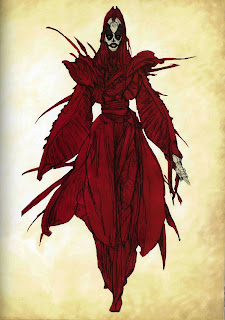Just drag around the small dot on the color chart. You can choose different models for your color scheme.
The Mono or Monochromatic Model is based on a single color tint and uses only variations made by changing its saturation or brightness.
The Complementary Model is where the primary color is supplemented with its complement which is the color that can be found on the opposite of the color wheel.
The Analogic Model is made by the primary color and its adjacent colors found on the color wheel – two colors identically on both sides. This color scheme always looks elegant and clear which gives a warm approach.The Accented Analogic Model. This is the Analogic model with complementary (contrast) color added.
The Tetrad or Double-Contrast Model is a scheme is made by a pair of colors and their complements. It is based on the foursome of colors evenly distributed on the color wheel (90 degrees distribution) – also known as the Tetrad.
The Triad or Soft Contrast Model gives you an effect where the primary color is supplemented with two colors that are placed identically on both sides of its complement.
Play around with colors by adjusting the Schemes and hues for different models. There's even a randomized pallete. You can choose RGB, web colors, Pantone colors or RAL colors that you can sample and use in Photoshop. You can also view a light page example or a dark page example.
Now if you are serious about taking a crash course in color (and light), then head on over to Dinotopia creator James Gurney's celebrated blog Gurney Journey to read his various entries on color here. Or better yet, purchase a copy of his newest book on the topic; Color and Light. Just a few samples are posted below. Five stars; I can't recommend this book highly enough!
Now if you are serious about taking a crash course in color (and light), then head on over to Dinotopia creator James Gurney's celebrated blog Gurney Journey to read his various entries on color here. Or better yet, purchase a copy of his newest book on the topic; Color and Light. Just a few samples are posted below. Five stars; I can't recommend this book highly enough!






















































